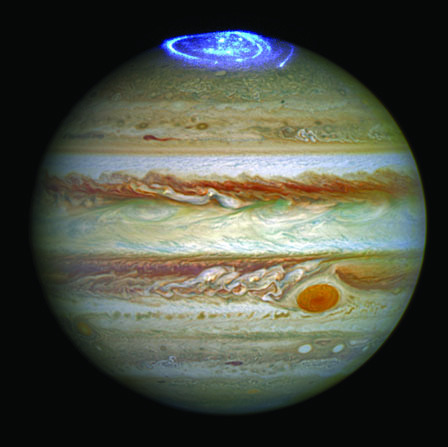NIGHT SKIES
“It is a pity, in an age of rockets and space telescopes, that so few people have a direct acquaintance with the stars. Learning about stars and following their nighty courses across the sky brings a deep satisfaction born of familiarity with something both ancient, ageless, and eternal.” – Richard Berry, retired Astronomy magazine editor, though this could easily have been written by Ernest Hemmingway.
He frequently talked about the sea which easily translates into the stellar sea above our heads. Here is what he said in my favorite Hemmingway novel, Islands in the Steam: “I love the sea and would not be anywhere else. She’s my home, my religion, or perhaps correctly I should say that she is what we have instead of religion or God. She creates life and she ends it. She has beauty and great mystery, and she’s eternal.”
Of all the books I’ve ever read, and I read a lot, that is the most impressive passage in any book I’ve ever read. They were out in the open ocean on his boat, Pilar, fishing for blue marlin.
The quote above from Richard Berry really brings me back to my childhood.
My bedroom window faced south. We had an evaporative cooler (also known as a swamp cooler) so the windows were open. I would lay there for hours watching the southern night sky float by.
The best views were in the summer looking at Scorpius and Sagittarius though, at the time, I hardly knew what they were. My first book, from which I really learned everything about the night sky there was to learn, was “The Stars, a New Way to See Them” by H. A. Rey.
It was first printed in 1952, the year I was born, and is still in print. It would make a fabulous Christmas present for your budding astronomer in the family, perfect for a sixth grade kid and up.
In fact, this makes a great primer for an adult who wants to learn star patterns and the celestial mechanics of the universe without knowing much math.
Here are a few things of interest in the November night sky: * Jupiter will be at opposition on November 3. Opposition is the best time to observe a planet. At that time, it’s fully illuminated by the sun and shines brightly in the night sky.
Planetary opposition occurs near a planet’s closest approach to Earth, when a planet appears at its largest. It means the planet is located on the opposite side of the Earth from the sun. From our perspective, it’s precisely 180 degrees from the sun in the sky.
When the sun sets, the planet will be directly overhead or due south at midnight locally. My photo this month of Jupiter is courtesy of NASA. Note the blue Aurora at the north pole.
For a size comparison, three planets the size of Earth could fit inside of the Great Red Spot in the lower right of the photo.
* The new moon will be on November 13. The few days before and after a new moon are good times to look at the stars without the moon interfering. Good time for a camping trip.
* The annual Leonid meteor shower will reach its peak on the Night of Nov. 17, and overnight into the morning. At that time the Earth will be plowing through the dust grains left behind by comet Tempel-Tuttle.
The moon won’t interfere, but this shower has fallen off in the past few years. Only about 15 meteors per hour are predicted. This is the one shower of the year, however, that can have sudden dramatic outbursts.
* The full moon will occur on November 27 and is called the Beaver Moon. Folklore says in the early Americas, this was the time to set traps before the swamps froze to ensure a supply of warm winter furs.


JACK ESTES







Comment
Comments